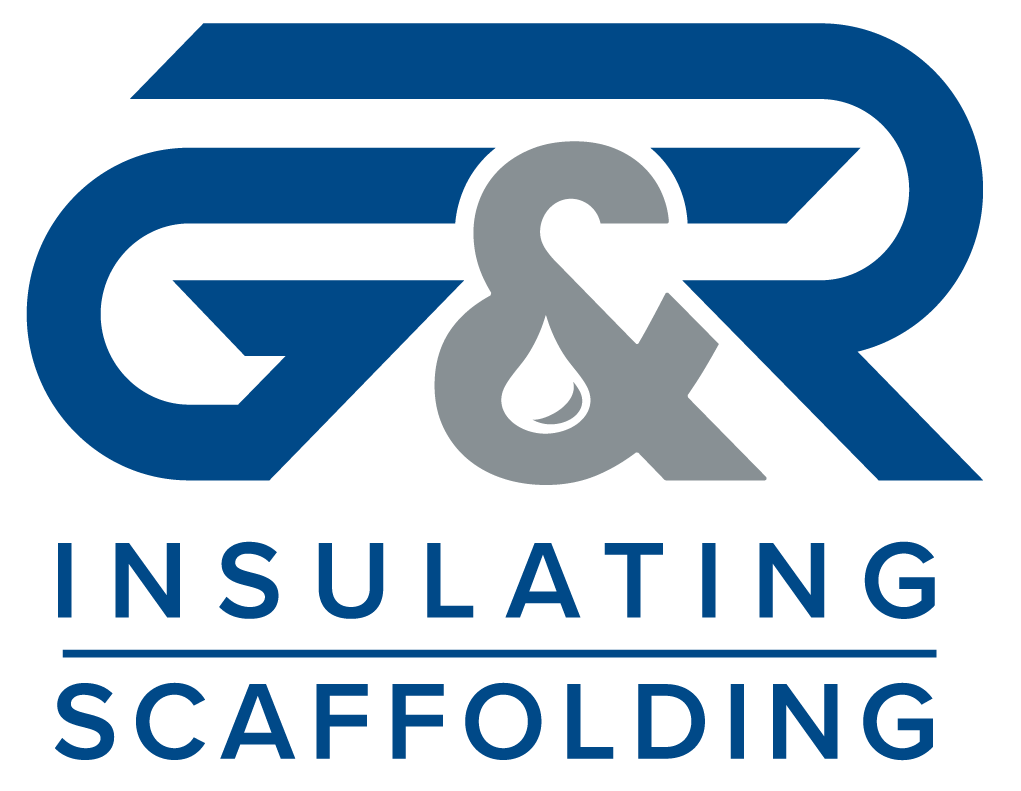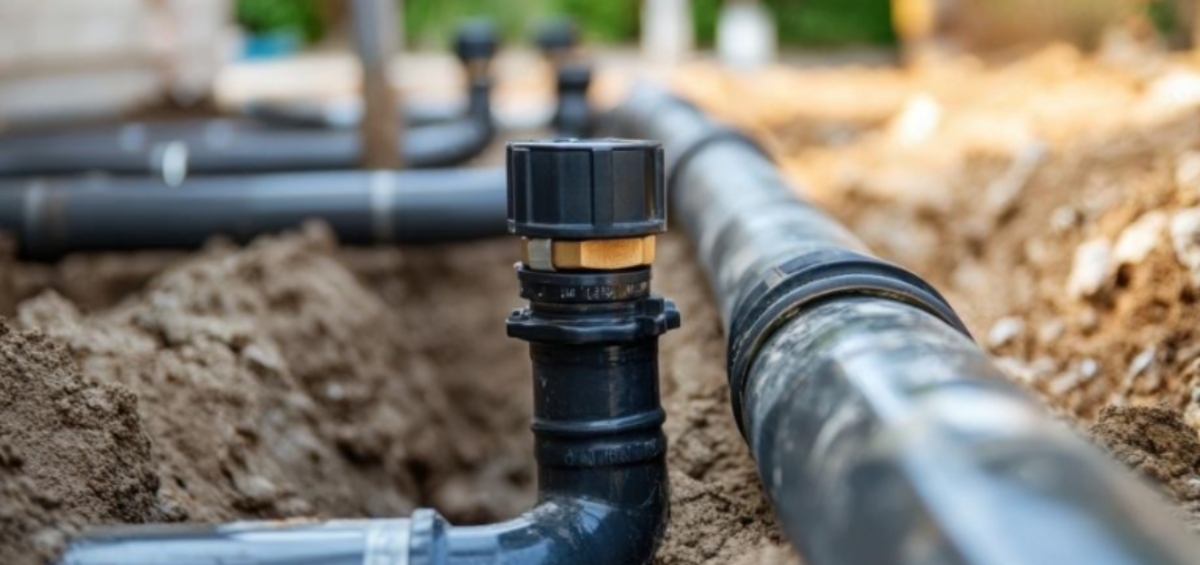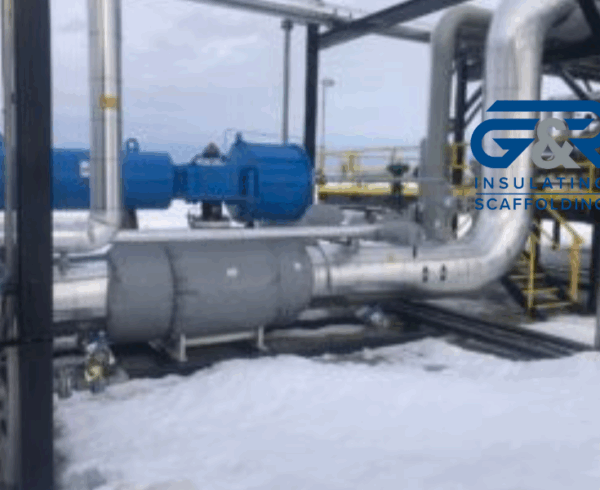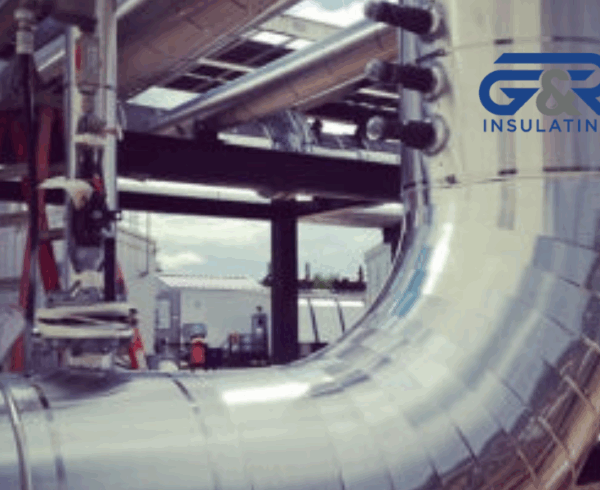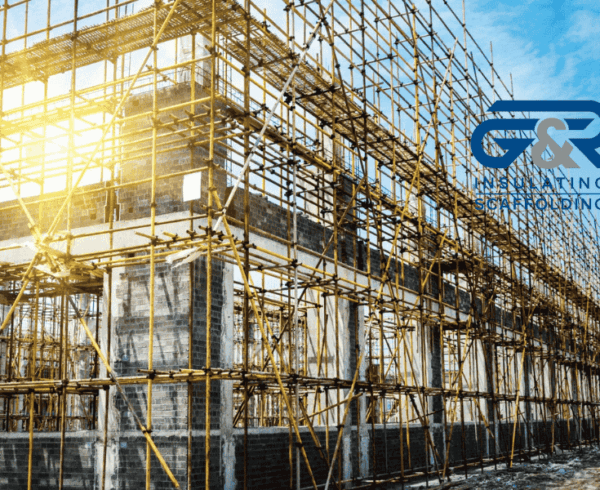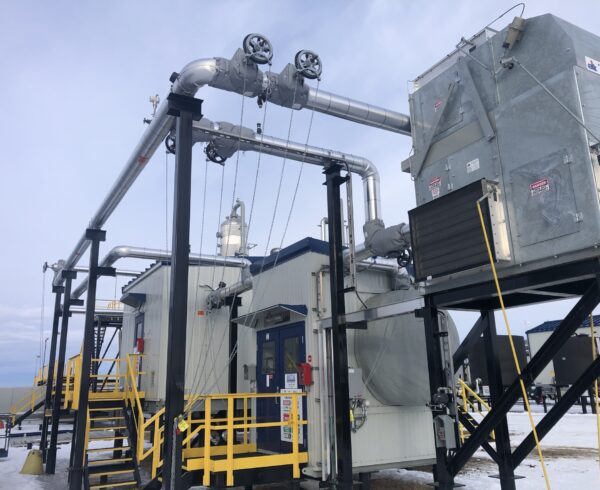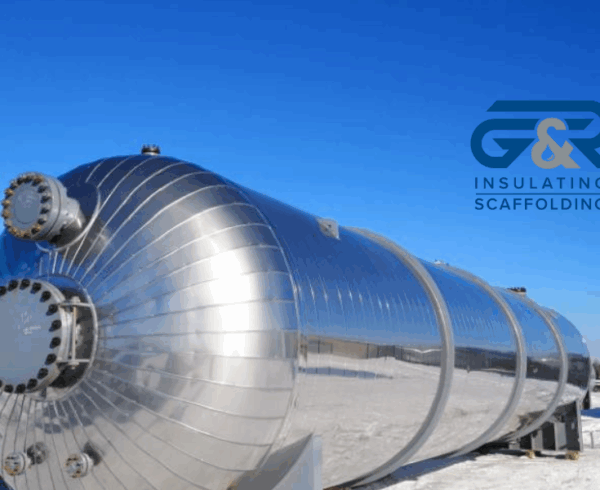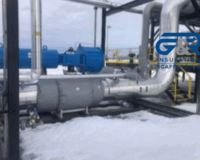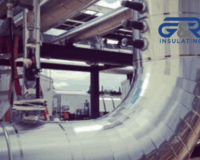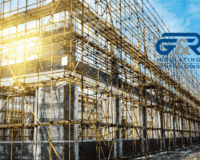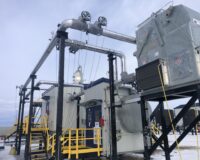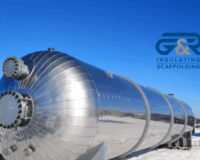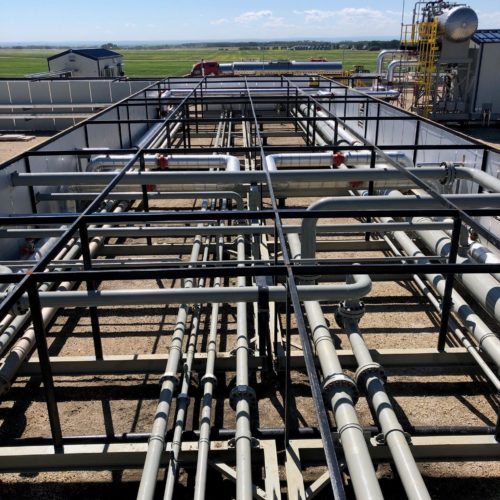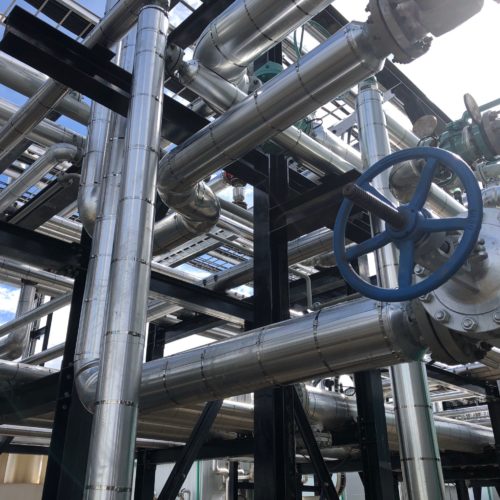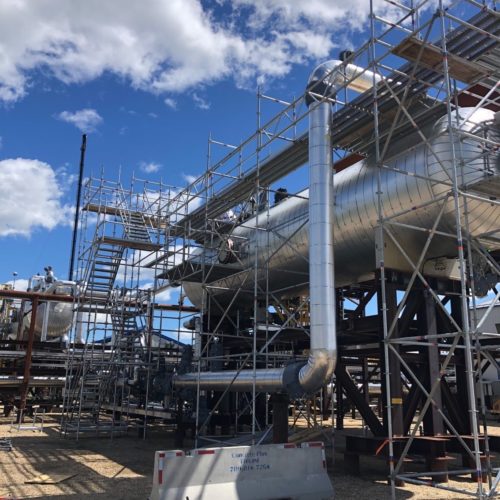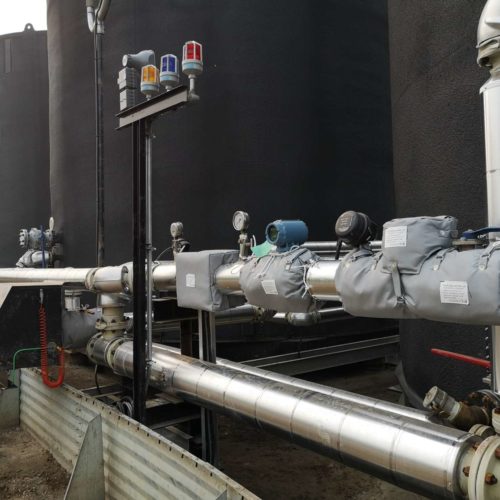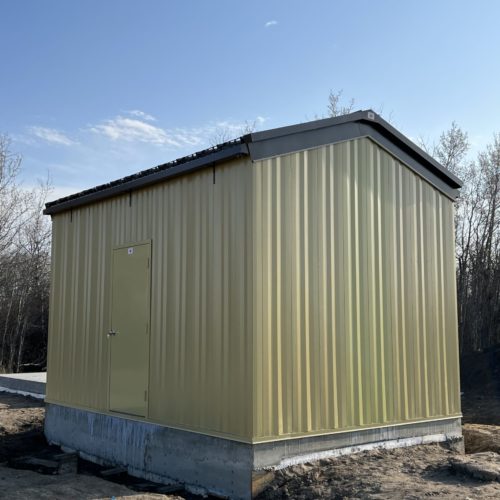When it comes to protecting the pipes outside your home or business, outdoor pipe insulation is an important solution to consider. Whether it’s a cold winter day or the summer heat, ensuring your pipes are insulated correctly can save you money, protect your property, and even prevent potential damage. In this blog, we will explore why outdoor pipe insulation is essential, how it works, and how you can benefit from it.
What is Outdoor Pipe Insulation?
Outdoor pipe insulation is a protective layer added to the pipes that run outside of your home or business. These pipes may carry water, gas, or other important substances that are crucial for your day-to-day life. Insulating them helps to keep the temperature inside the pipes stable, preventing freezing in the winter and reducing heat loss in the summer.
Outdoor conditions like cold, heat, and moisture can damage pipes made from materials like copper, steel, or plastic over time. That’s where pipe insulation comes in. It acts as a barrier between the pipes and the weather, helping to maintain the right temperature and ensure that your pipes work effectively.
Why is Outdoor Pipe Insulation Important?
There are several reasons why outdoor pipe insulation is important for your home or business. Let’s break down some of the key benefits:
Prevents Pipes from Freezing
In colder climates, outdoor pipes are at risk of freezing during winter months. When water inside a pipe freezes, it expands and can cause the pipe to crack or burst. This can lead to expensive repairs and even water damage. Proper insulation keeps the temperature inside the pipe stable, preventing freezing and protecting your property.
Saves Energy and Money
Insulation also helps maintain the temperature of water or other liquids inside the pipes. In hot weather, pipes can heat up, causing water to become warmer than desired. Insulated pipes help reduce this heat gain. In cold weather, pipes stay warmer, reducing the need for energy to heat the water when you need it. By minimizing heat loss or gain, insulation saves you energy, which leads to lower energy bills.
Protects Pipes from Damage
Pipes exposed to outdoor conditions are more likely to rust, corrode, or suffer damage due to the elements. Insulation acts as a shield, protecting pipes from harmful UV rays, moisture, and extreme temperatures. By maintaining your pipes’ condition, you avoid costly repairs and extend their lifespan.
Reduces Noise
Another benefit of outdoor pipe insulation is that it can reduce noise. Pipes, especially those made of metal, can sometimes make noise when water or gas moves through them. Insulation helps muffle these sounds, making your space quieter and more comfortable.
Types of Outdoor Pipe Insulation
Different materials serve specific purposes for outdoor pipe insulation and design them for various pipes and conditions. Here are some common types:
Foam Insulation
Foam insulation is one of the most commonly used materials. It is lightweight, easy to install, and effective at preventing heat loss or gain. Foam insulation comes in the form of tubes that can be slipped over pipes. This type is ideal for standard water pipes and is effective in both hot and cold climates.
Fiberglass Insulation
Fiberglass is another popular option for pipe insulation. It is highly effective in extreme temperatures and can be used for both residential and industrial purposes. Fiberglass insulation usually comes in blankets or rolls that wrap around pipes. It provides excellent protection from both heat and cold.
Rubber Insulation
Rubber insulation is flexible and durable, making it a good choice for pipes that need to be bent or shaped. It is also resistant to moisture and can withstand harsh outdoor conditions. Rubber insulation is often used for pipes carrying hot water or steam.
Reflective Insulation
Reflective insulation is a specialized material that reflects heat away from pipes. It is typically used in warmer climates where heat gain is a concern. This type of insulation helps to keep the water inside the pipes cooler during hot weather.
How to Install Outdoor Pipe Insulation
Most homeowners or professionals can easily install outdoor pipe insulation. Here’s how the process typically works:
-
Choose the Right Insulation: Depending on your needs, choose the appropriate insulation material (foam, fiberglass, rubber, etc.).
-
Measure the Pipes: Measure the length and diameter of the pipes you need to insulate.
-
Cut the Insulation: Cut the insulation material to fit the length of your pipes.
-
Apply the Insulation: Wrap the insulation around the pipes, ensuring that it covers the entire length.
-
Seal the Edges: Use tape or fasteners to secure the insulation in place. Make sure there are no gaps or openings.
-
Check for Gaps: After installation, check for any exposed areas or gaps and seal them.
Proper installation is key to ensuring the insulation works effectively. If you are unsure about the process, it’s always a good idea to contact a professional.
Where Can You Use Outdoor Pipe Insulation?
Outdoor pipe insulation can be used in a variety of settings. Some common areas where it’s beneficial include:
-
Residential Homes: Protect water pipes, irrigation systems, and outdoor faucets.
-
Commercial Buildings: Insulate pipes that carry hot or cold water, steam, or gas.
-
Industrial Settings: Ensure pipes in factories or plants are protected from harsh weather conditions.
-
Agricultural Areas: Protect irrigation pipes and systems that are exposed to the elements.
Conclusion
Outdoor pipe insulation is an easy and effective way to protect your pipes, save energy, and extend their lifespan. It prevents freezing, reduces energy costs, and helps protect pipes from the elements. Whether you are a homeowner or business owner, investing in outdoor pipe insulation is a smart choice.
Contact us today to learn more about outdoor pipe insulation and how we can help protect your pipes!
